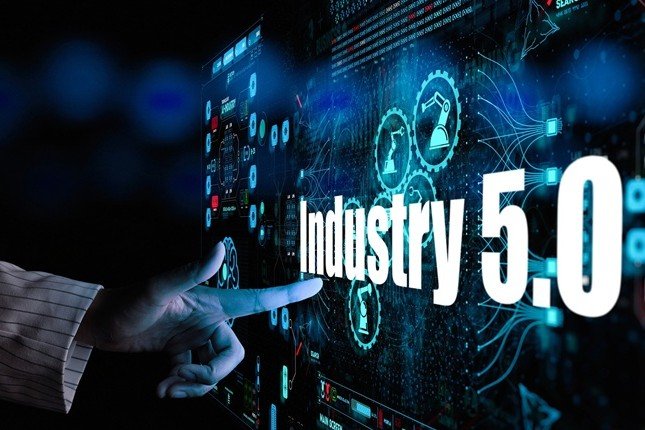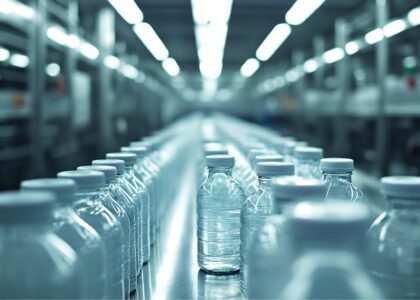The Fourth Industrial Revolution, better known as Industry 4.0 brought sweeping changes to global manufacturing through automation, IoT, and artificial intelligence. Rooted in Industry 4.0 strategy, it revolutionized efficiency and digital control. But in today’s post-pandemic, sustainability-conscious, and increasingly complex world, the need has shifted beyond automation. Enter Industry 5.0: a human-centric, resilient, and sustainable evolution of industrial transformation. Many organizations are in fact skipping through a through 4.0 and moving towards 5.0 already.
What Is Industry 5.0?
Industry 5.0 isn’t a rejection of 4.0, it is its natural evolution. It builds on the digital foundations of Industry 4.0 but pivots the focus toward human-machine collaboration, ethical use of AI, and sustainability. Rather than prioritizing pure efficiency, it emphasizes meaningful human participation, personalization, and resilient systems.
The European Union has taken a strong stance on defining Industry 5.0 as a forward-thinking approach that complements technological advancement with social and environmental responsibility.
Why the Shift?
Several macro factors are driving this transition:
- The COVID-19 pandemic exposed vulnerabilities in highly automated but rigid systems.
- The ongoing energy crisis and geopolitical instability have highlighted the need for adaptive and localized manufacturing.
- Consumer and regulatory pressure for ESG compliance is rising, especially across Europe.
- CXOs are recognizing that success in the next era requires not just digital agility, but also ethical frameworks, inclusivity, and the ability to rapidly recover from disruption.
Key Pillars of Industry 5.0
- Human-Centric Design: Technology exists to augment, not replace, the human workforce. Collaborative robots (Cobots) and intuitive interfaces enhance worker safety, creativity, and engagement.
- Resilient Operations: Systems are designed to detect, respond, and adapt to shocks, be those supply chain interruptions or cyber threats.
- Sustainable Manufacturing: A strong push toward net-zero operations, circular economy models, and green energy adoption.
- Ethical and Responsible AI: Transparency, explainability, and fairness in AI systems are no longer optional but expected.
Implications for CXOs and Senior Leadership
- For leaders across SMBs and large enterprises, particularly in Europe, Industry 5.0 signals a new era of strategic priorities:
- Moving from tech-first to value-driven transformation
- Introducing new KPIs focused on human experience, sustainability, and innovation speed
- Developing cross-functional teams that blend engineering, ethics, and digital fluency
- Aligning transformation with EU frameworks such as Horizon Europe and other Industry 5.0 initiatives
Next Steps for Organizations
- Conduct a readiness assessment to determine 5.0 maturity
- Reinvest in workforce-tech harmony: from UX to re-skilling
- Embrace frameworks like “Responsible AI,” “Green Manufacturing,” and “Resilience by Design”
- Participate in EU-backed innovation clusters and R&D programs
Conclusion
Industry 5.0 doesn’t replace Industry 4.0, it completes it. It brings purpose, flexibility, and sustainability into the heart of industrial innovation. The businesses that embrace this shift will lead the next generation of resilient, ethical, and human-centered growth.
At Babcom, we are working with customers globally, mostly in Northern Europe, India, and SEA for both Industry 4.0 and 5.0 . Write to us at sales@babcom.co.uk to learn more.






